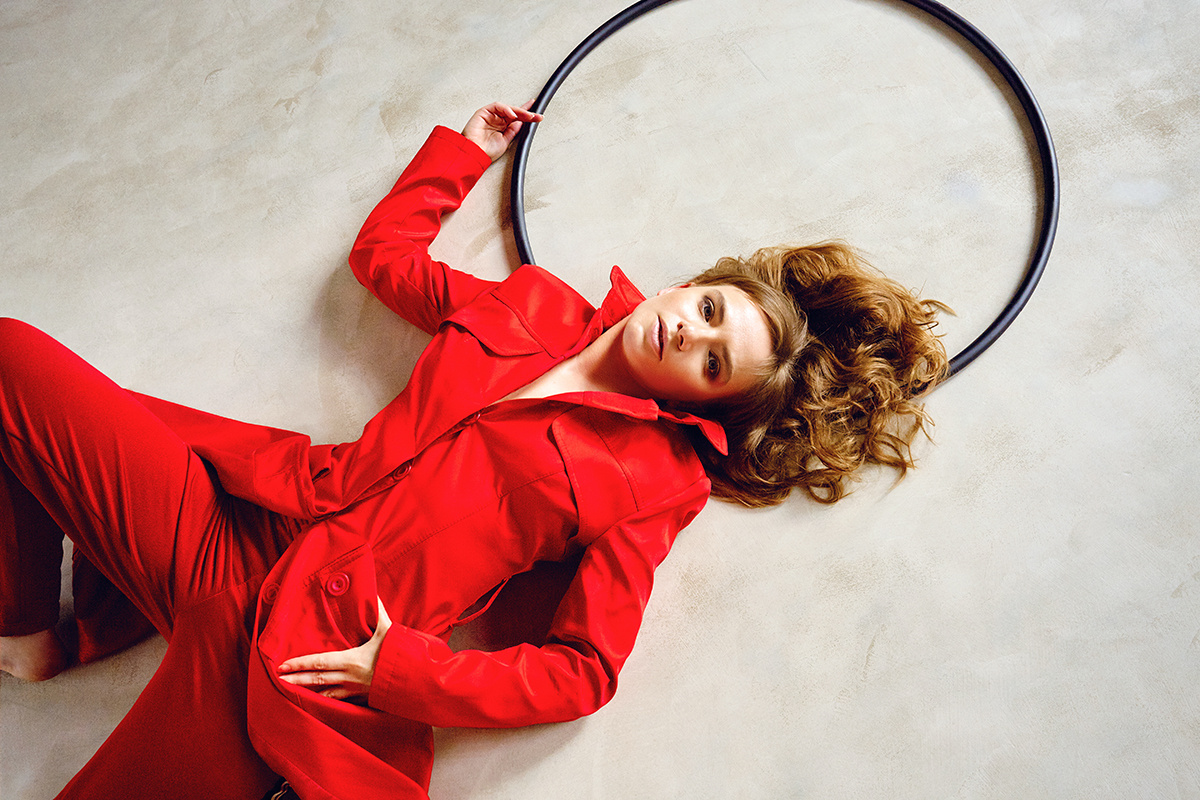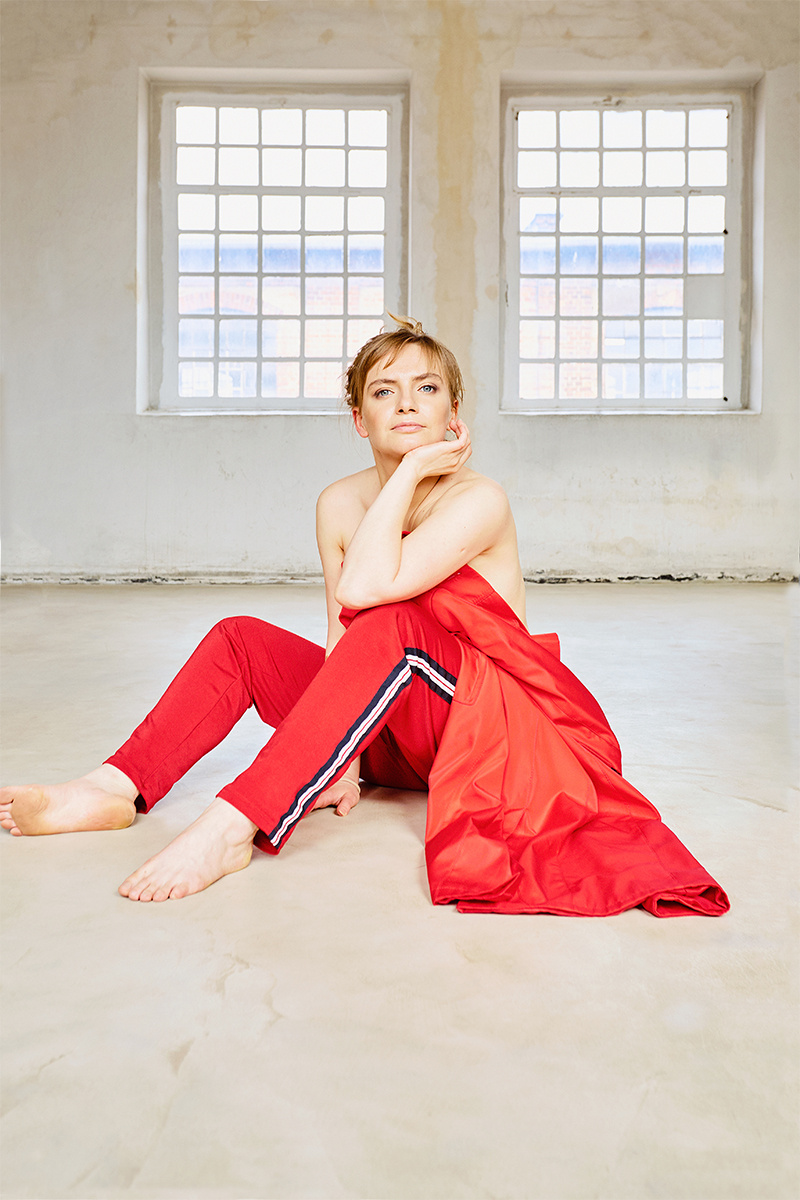


CHOREOGRAPHY
Despite being mostly used in a relation to a dance today, choreography can be also defined as an organization of movement, what I like more as a definition.
After moving to Germany and lately to Poland, I was confronted with what I can name after long considerations, another choreography, or medieval choreography, comparing to industrial choreography of Kyiv, where grew up. Only now I realize, how my "occasional" flaneuring through the streets of Kyiv was automated and based already on body memory.
STRUCTURE
My biggest challenge in Europe surprisingly appeared to be middle-size cities with no underground/metro, cities that preserved it's initial medieval structure, like Wroclaw, but not only. Wroclaw is even more complicated case, because city historically has nomadic identity, like all border cities, so Polish, German and Czech states as long as European Empires and other conglomerates adjusted the city structure in it's own manner that makes it extremely fragmented and out of any general logic either city plan.
HOME
I surprisingly more easily orientate in larger cities, like Berlin or Warsaw. Every megapolis today reassembles Le Corbusier planning, something I grey up in and where my movements are unconscious and easy, thus do not cause stress. Maybe, this is what to be called home?
CULTURE
SAFE
The metro is also important, it is the spine of the Kyiv, central axis. I feel more safe in cities that have metro, this something that makes for me feel more secure, paradoxically, ability to go under the ground. No metro means loosing one more degree of freedom, this is what to be called culture - feeling that flat does not mean safe.
SMALL
DISTANCES
What I was confronted the most and still cannot get used to in Wroclaw are distances. In some cases they are extremely small, so small, that it drives me crazy. Narrow roads, streets with many turns, one wrong move and it is easy to get under the tram in the city center. The price of every wrong tiny body movement can be so high. Distances are linked to directions, the city is a labyrinth, trap, sometimes only two steps are needed to turn left or right, while I go strait 100 meters and miss needed turn, so despite of small size, I make several circles before I get to the needed point.
PHOTOS
Marysya Myanovska, Old Washhouse (Stara Pralnia)
Stara Pralna - one of many former industrial objects in Wroclaw, renovated into lofts. Old Washhouse at Krakowska street was designed by Wilhelm Kelling as Chemical and Coloring Washhouse (Farberei Chemische Waschanstalt Gross-Wascherei W. Kelling Breslau) in 1899 and continued his design of Chemical and Coloring Washhouse in Bautzen in 1862. Marysia’s approach is focused on the body in its movements; together we tried to find certain positions and moves that at the same time are suitable to my body and the space of the former industrial building.
You can request information about dimensions, materials and year of production for every work.